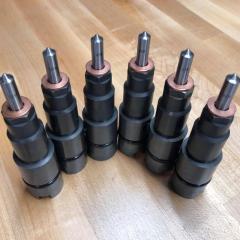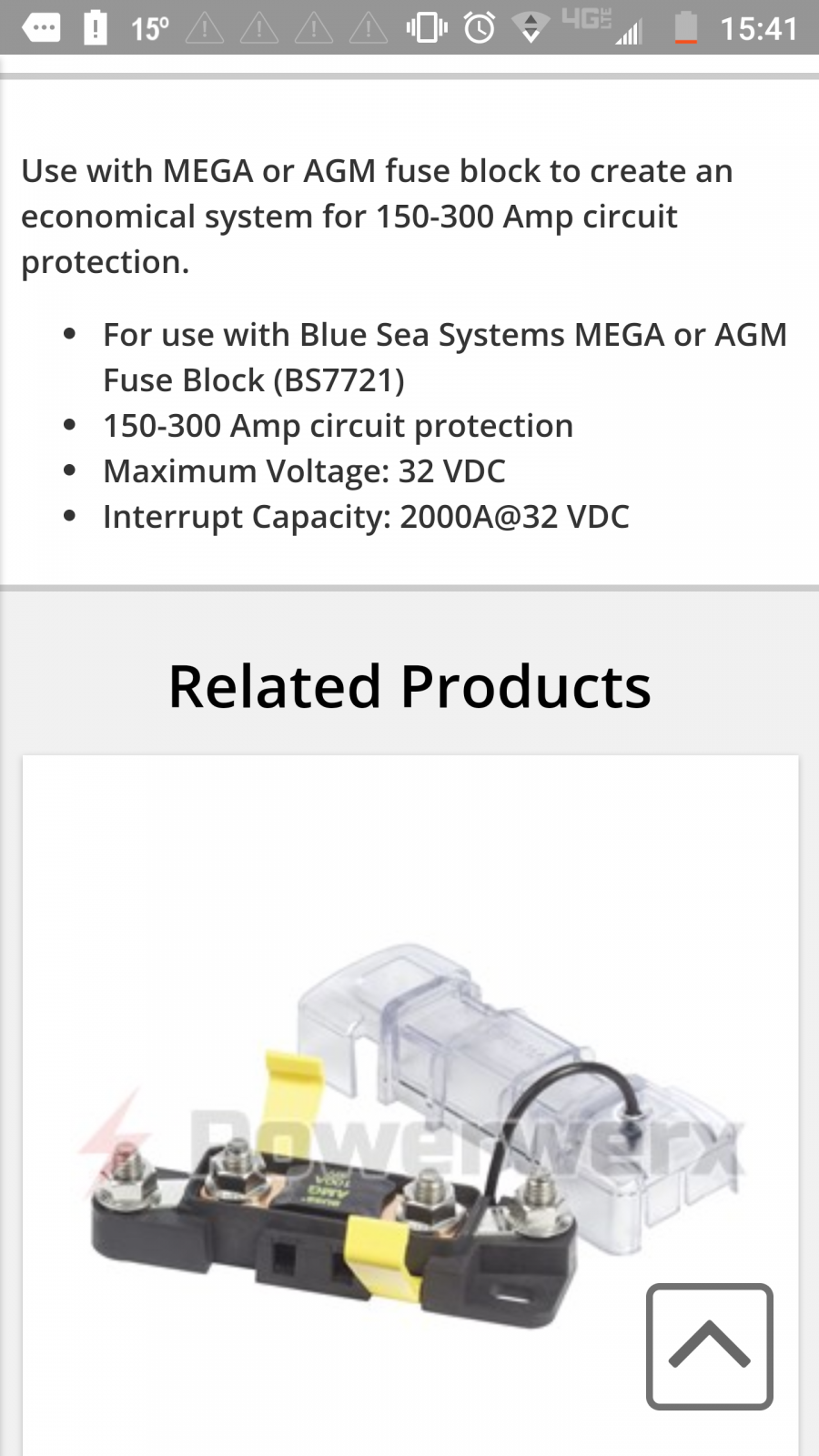- Replies 50
- Views 12.8k
- Created
- Last Reply
Top Posters In This Topic
-
 WiscoRedkneck 14 posts
WiscoRedkneck 14 posts -
 dripley 11 posts
dripley 11 posts -
 Mopar1973Man 8 posts
Mopar1973Man 8 posts -
 notlimah 4 posts
notlimah 4 posts
Most Popular Posts
-
There’s certain things I’m more willing to pay a bit extra for to have someone do them right for me, crimping/soldering those big *** wires is one of them.
-
I can certainly understand the mind set there. Me, I just did not have the cash and figured to do it my self.
-
I agree with this one hundred percent the only exception to this is in my case the LarryB style tinned terminal ends did not accept solder very well, I believe I couldn't get it hot enough without cau






After 340k miles about it is time for some new battery cables the old one are cracked, yellowing and corroded. After hunting around I found the best bang for the buck was buying parts and pieces from multiple suppliers and create my own cables.
Now I'm waiting for the last of the one ought cable to get here to get two feet in but as it sits I have just under 160 dollars spent and this is what I got.
A cable repair kit with crimping tool http://www.fostertruck.com/larryb-s-battery-cable-repair-kit-for-dodge-cummins-1994-2009.html
10' of 2 ought red motor lead cable with SAE stamped
25' of 1 ought motor lead cable black SAE stamped
25' of 1 ought motor lead cable red SAE stamped
I got the 1 ought in a 50' bundle pack from Amazon same as the 2 ought. You will need a foot or two of four gauge which I had laying around.
https://www.amazon.com/dp/B01MZBF0R0/ref=cm_sw_r_cp_apa_3FOqAbF9A9P1F
I think that should get you to where I got my stuff I used prime only to get it in a timely manner but you may find it cheaper elsewhere yet but for flexibility cost and so on I could not be happier.
Made one crimp with the new tool an like how well it is designed it has a scale to prevent over crimping.
Here are some pictures of what I got so far more to come once the rest of the cable arrives.
The wire is very flexible can wrap a spray paint can with it and the ends are nice heavy weight pieces
Edited by Mopar1973Man
Author requested a link to be removed.